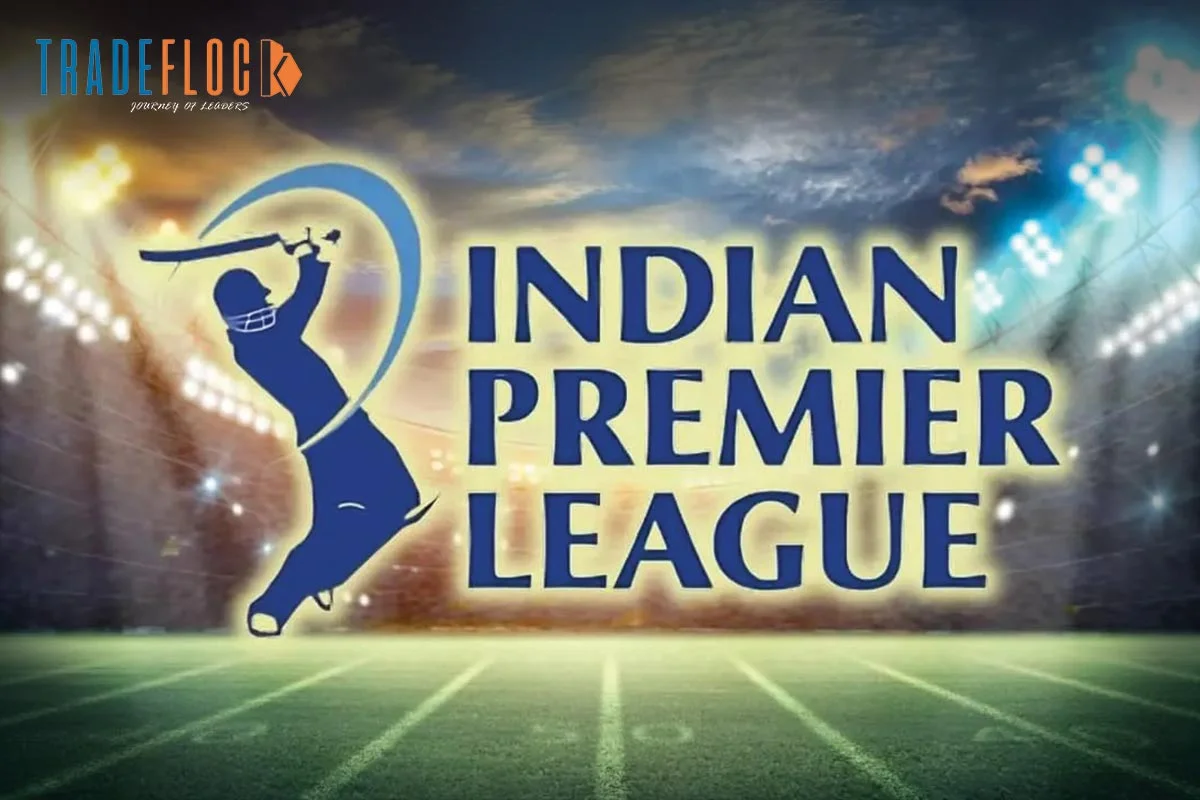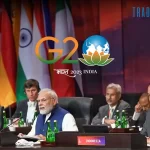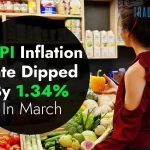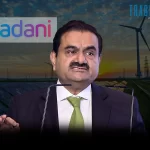The Indian Premier League (IPL) is at a strange junction as it deals with a changing media landscape.
While a big-money merger between two media organisations offers promise of a brighter future for the T20 cricket competition, it may not be the ideal solution.
Media Giants Disney and Reliance Merge Efforts
One reason for optimism regarding the future of the IPL is the $8.5 billion merger between Reliance Industries and Walt Disney.
This collaboration has birthed India’s largest entertainment conglomerate, and a behemoth of this size will likely shake up the media and sports broadcasting sector.
Australian cricket fans will be closely watching this development. Several Australian cricketers play in the IPL, and the merger could impact their ability to watch their favourite stars shine.
The IPL attracts massive interest from the Aussie betting community as fans are eager to profit from their cricket knowledge.
New betting sites in Australia are always inundated with wagers when IPL games are played as punters wager on the teams featuring their compatriots.
Australian fans need accessible and comprehensive access to the IPL and may need to explore new avenues to place bets and watch their favourites in action.
The merger could play a vital role in influencing how the IPL is broadcast and consumed in different corners of the globe.
It pools two firms with massive media assets to create a powerhouse with an incredibly long reach across television and digital platforms.
They collectively control 75-80 percent of the Indian sports streaming market. Besides the IPL, they also hold rights to other thriving sports franchises.
Australians will be wary of any shifts in their access to IPL content as there may be changes depending on how they share and distribute broadcasting rights.
If Reliance and Disney improve distribution, we will likely see Australian cricket fans enjoy more live games and all the other exciting content.
However, experts worry about how this monopoly could affect the industry. The Competition Commission of India (CCI) rang alarm bells over the deal, fearing the two giants working in tandem could cripple competition and increase costs for advertisers and consumers.
After thoroughly scrutinising the merger, they eventually ratified the collaboration based on a few conditions. Both companies promised to avoid excessively increasing advertising rates and divest some channels to ensure market balance.
These conditions could determine how Australian fans access and pay for IPL content.
IPL’s Value Declines Amid the Changing Media Scene
The IPL was recently valued at INR 82860 crore, dropping by 10.5% from INR 92320 core ($9.6 billion from $11.4bn) after the merger was confirmed.
While several other factors contribute to this decline, it is hard to shake the notion that the merger plays a crucial role.
Reliance and Disney consolidating TV rights so aggressively forced other competitors to stop bidding for IPL media rights.
Competition from companies such as Jio kept the IPL’s value high, but Disney and Reliance’s dominance in TV and digital platforms has sidelined this healthy competition.
The IPL’s dependence on advertising and subscription revenue is a double-edged sword. Fewer companies bidding for broadcast rights means there is less financial incentive for broadcasters to mark up the value of these rights.
This could cause lower revenues during future media rights auctions and impact the league’s value.
The quality of the content is also another factor contributing to the decline. Over the past few seasons, batters have dominated bowlers, which fans don’t find exciting.
Games are now more high-scoring and less competitive, affecting how viewers engage with the sport. The IPL is no longer as attractive as it used to be to broadcasters and fans, causing its value to nosedive.
Intriguingly, the Women’s Premier League (WPL)has been showing promising signs of growth. Their numbers indicate that people are still keen on seeing competitive cricket.
The IPL’s problems are not a challenge for other cricket formats. They may need to adjust and adapt to maintain their standing.
The Future of the IPL Amid the Changing Media Scene
The IPL’s future will be determined by how well it adapts to thenew media dynamics.
The merger can boost the IPL’s international reach and accessibility. However, the media giantshave fenced off competition so badly that it impacts the league’s value.
Australian fans and the worldwide cricket audience will follow keenly to see how the conglomerate manages broadcasting rights and distribution.
If they improve the viewing experience and keep their prices competitive, the IPL should continue to thrive over the next few years.
However, if higher costs follow reduced competition, the league could face an extremely uncertain future in a hugely competitive sports landscape.






